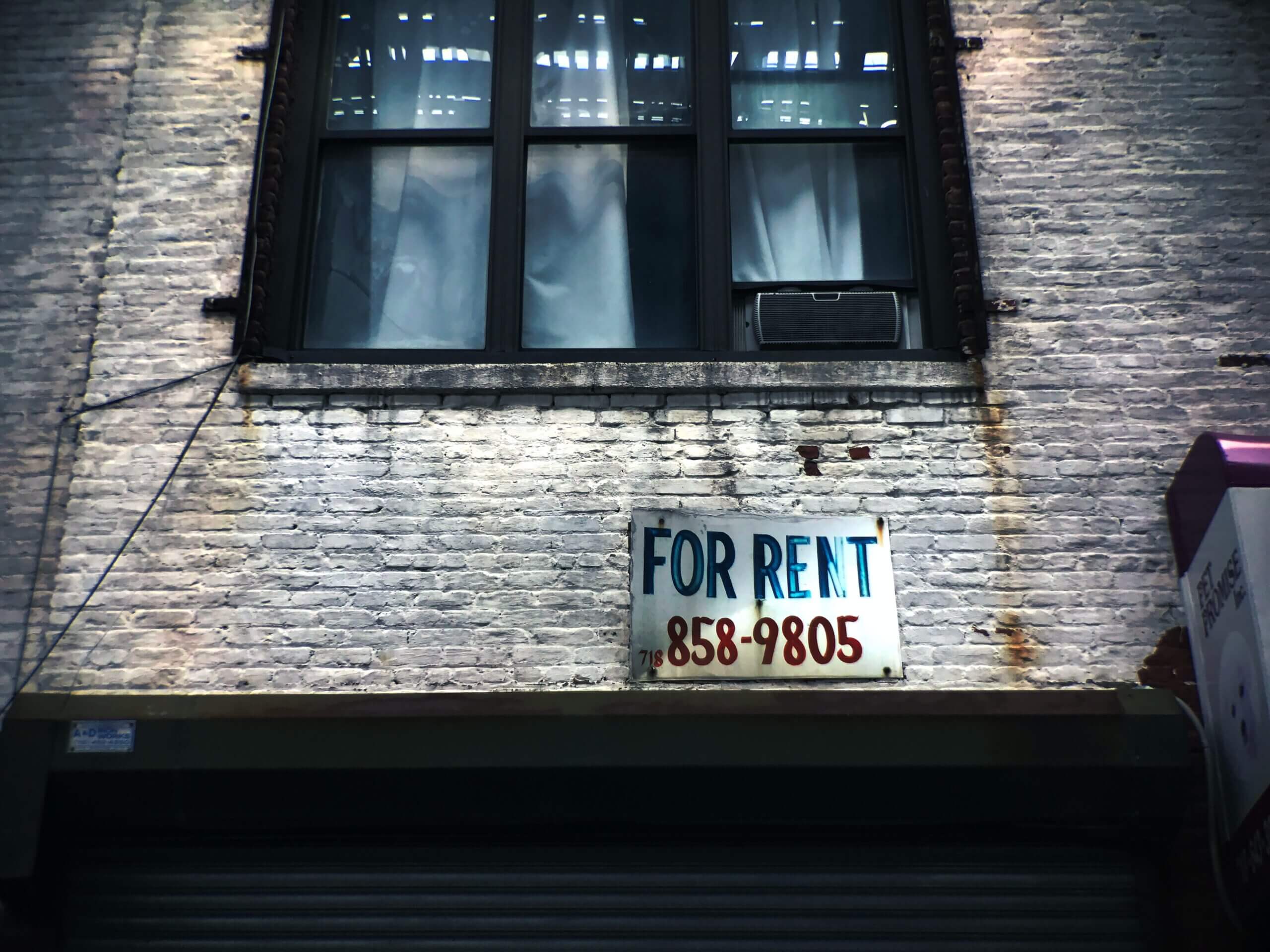The housing crisis in the US is not new, but it has gotten worse over the past year as people moved back to big cities and new people moved into areas that didn’t have enough homes. As a result of the Federal Reserve’s aggressive interest rate hikes this year, many people who were planning to buy a home have backed out of the market. This has led to a rise in demand for rentals.
Due to a lack of items for sale, there are bidding wars, which are usually more common in the housing market. Since there aren’t enough units to go around and costs are going up, landlords can raise rents at all price points. And the end of the federal eviction moratorium and less money for rent help have made people have to make hard decisions.
“Renters are pretty much in the middle of the perfect storm right now,” said Kate Reynolds, a policy associate at the Urban Institute in Washington. “Neither those renters nor their landlords have anywhere to go if they can’t pay the rent.”
Inflation Pressure
Many renters, who usually spend a bigger portion of their income on housing than homeowners, are already having a hard time paying for bigger bills at the grocery store and gas station. This is because inflation is close to being at its highest level in almost 40 years. And since leases change at different times and renters face shocks at different times, rent increases are likely to keep pushing up inflation. The cost of housing makes up about a third of the closely watched consumer price index, which went up by 8.5% in July compared to the same month last year, according to new data from the Labor Department.
Since most renters are people of colour or have low incomes, they are the ones who are most affected by the rise in rent prices. A census analysis by the Pew Research Center shows that about 58% of Black-led households and almost 52% of Latino-led households rent their homes in the US. In comparison, about a quarter of households with adults who are not Hispanic White and just under 40% of households with adults who are Asian are rentals. Zillow says that 54% of renters make less than $50,000 a year, and the median household income for renters is $42,500, which is less than the national median of $67,500.
The problem is also being felt in other parts of the world. A recent study by Bloomberg Economics found that the price-to-rent and home-price-to-income ratios for 19 OECD countries are higher now than they were before the financial crisis of 2008. This means that prices have moved away from what they should be based on fundamentals.
On the other hand, US landlords, such as property investors who are buying up more and more homes in cities, are getting the upper hand.
CoreLogic, a real estate data company, says that rents for single-family homes rose by a record 14% from May 2016 to May 2017. Even more dramatic were the rises in cities that became popular places to live because of the pandemic. For example, Miami saw a rise of almost 40%, Orlando, Florida, saw a rise of 25%, and Phoenix saw a rise of 17%.

